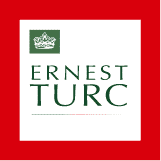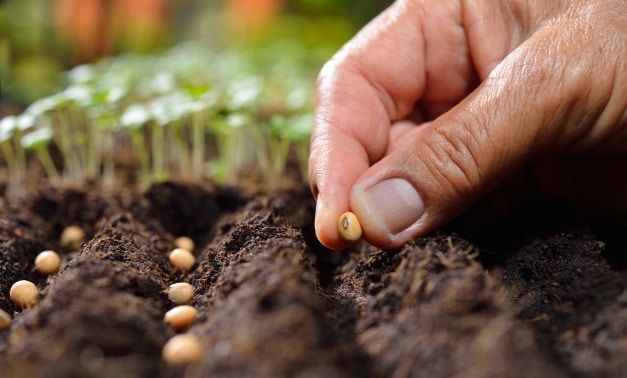ERNEST TURC, PLANT BREEDER FOR 5 GENERATIONS
Ernest TURC has been involved for many years in the breeding of new varieties such as anemones, buttercups, alstroemeria, cannas and above all dahlias, flagship variety and symbol of the company. Its vocation has always been to bring innovative and high quality varieties to the market, in order to offer its customers and worldwide plant collectors, a rich, varied and constantly updated catalogue of varieties.
A catalogue of more than 2,500 varieties, including 1,500 bulbs varieties, 250 dahlia breedings, 800 vegetable and aromatic seeds references and 250 varieties of flower seeds.
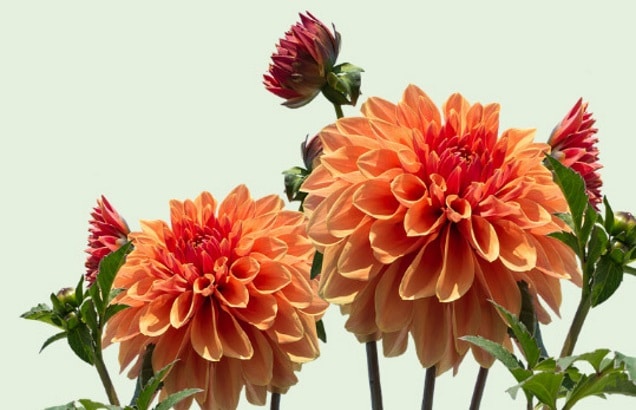
A RENOWNED AND AWARDED KNOW-HOW
Today, Ernest TURC has an unrivalled know-how in the breeding of dahlia new varieties. The company offers more than 300 varieties in its catalogue, including almost 150 varieties from its plant breeding programme.
Some of these varieties are well-known all over the world, such as ‘Chat noir’, created in 1975 and is still today the first dahlia grown in the United Kingdom.
Many plant breedings such as ‘Friandise’, ‘Nirvana, ‘Montreuil’, ‘Bright & Black’ or ‘Néo’, but also many others, are regularly popular and are awarded in international dahlias competitions.
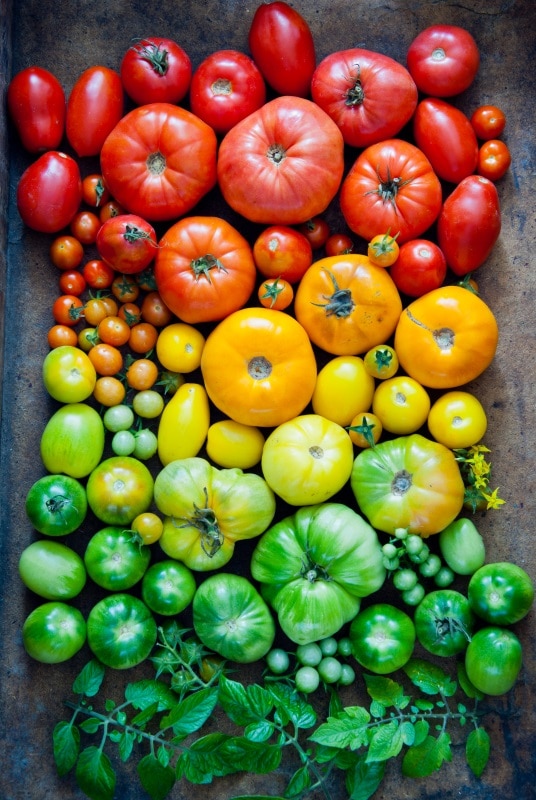
A PLANT BREEDING PROGRAMME WHICH EVOLVES WITH ITS CONSUMERS
Today, the context in which we live is particularly changing and evolving. The gardeners’ habits change. They have become less experienced and less adept at consuming plants which need the least care.
Besides, taking environmental aspects into account is a new major factor for our societies, and plant breeding programmes shall integrate new strategies such as resistance to drought, attraction of certain species to biodiversity, natural resistance to diseases, ect…
The aim of Ernest TURC is to breed and provide the market with new varieties which address all these issues.
Ernest TURC has therefore focused his breeding programme on varieties that are naturally compact, very flowering, requiring little or no staking, resistant to powdery mildew, or having a good vase life. All these criteria, combined with exceptionnal blooms, vibrant colours, but also decorative black or purple foliage, are key elements to create wonder and satisfaction for today new gardeners.
HOW DOES PLANT BREEDING WORKS ?
Plant breeding is carried out by hybridisation. It’s a natural phenomenon that involves the normal process of sexual reproduction of the plants. In the case of plant breeding, one uses this technique, whose aim is to create diversity, by crossing two specific parents, certain characteristics of which have been identified as interesting. This may be aesthetic criteria, such as colour or flower shape, foliage colour, plant height, or even agronomic criteria such as yield, early flowering or resistance to disease. The objective of this « forced cross » is then to find, among the descendants, one or many « improved » plants, having inherited of a combination of these interesting characteristics gathered in the same plant.
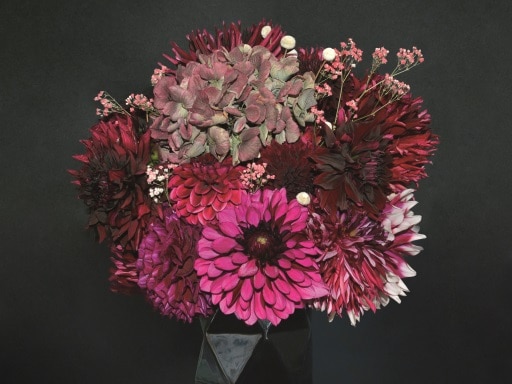
THE DIFFERENT HYBRIDISATION TECHNIQUES
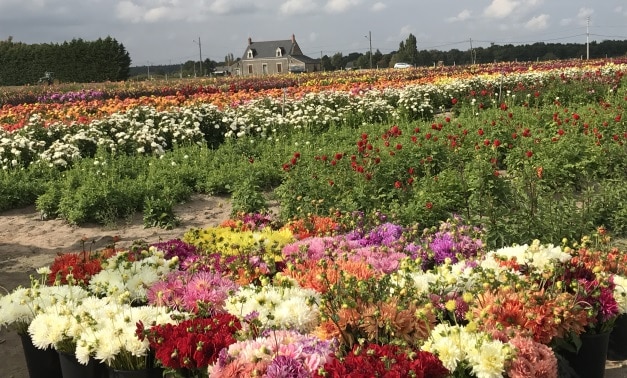
The first one, if you let nature do its thing, is called spontaneous hybridisation. In this case, it is the wind or more often the pollen-gathering insects that are the « go-between », and which randomly guide pollen grains to the pistils. The results of these hybridisations are often very random, and the probability of obtaining interesting plants from these crosses, which meet the intended objectives, is very low.
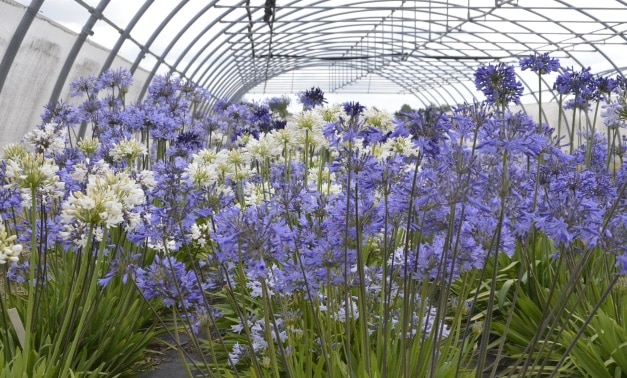
By contrast, one calls controlled or manual hybridisation, a cross technique which consists in choosing two parents, often in isolating them, then in manually collecting pollen on one of the two plants (we will call this plant the father), and brushing on to leave the pollen on the pistil of the second plant (the mother). The results are much more accurate, and the probability of finding among the descendants corresponding to the intented objectives is high. But this is a long and arduous process.
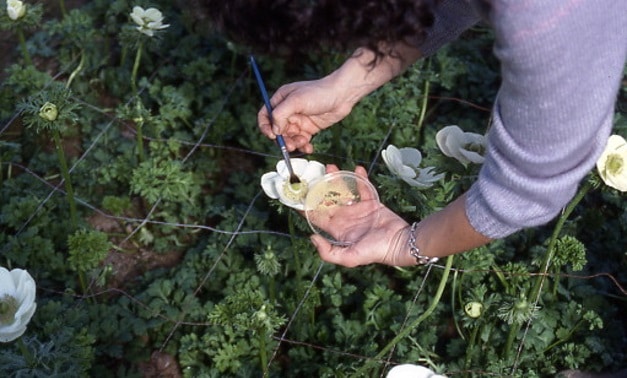
There is then an intermediate technique, called semi-managed, wich consists in planting in a small plot several parents with interesting characteristics. This plot must be isolated and physically far from any other source of pollen of the same species. Then, we let the insects do their job, which fly from flower to flower, but mainly within the flowers of this small plot. In general, the results are quite accurate, and the probability of obtaining descendants with the desired characteristics is good, with a relatively moderate effort.
AND THEN ? ALL IS IN THE SEED !
This fertilisation, once carried out, will lead to the growth of a fruit, in which the seeds are located.
In the case of dahlia, the flower, or rather the inflorescence (each dahlia « flower » is not a single flower, but an inflorescence made up of many flowers, tightly packed, called florets) is made up of one hundred small florets. The central florets, whose stamens turn golden yellow, are the fertile flowers, and are pollinated in the case of hybridisation. Once pollinated, the ovaries of the various florets swell and seeds form. The seeds are harvested when they are ripe, often in October, when the inflorescence looks like a dried and a little bit thorny flower. Each inflorescence usually produces 10 to 50 seeds.
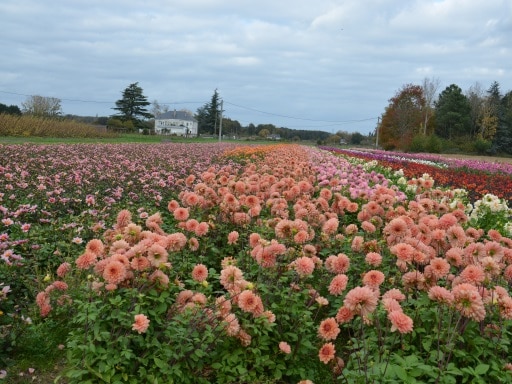
HOPEFUL SEEDINGS
The harvested seeds are then sown the following spring in small clods, then the young plants are transplanted in open ground as from May. These plants, in the case of dahlia, bloom during the summer of the same year. And this is where the magic happens, because the diversity of the plants obtained, all new, unique and original, is often important, with original combinations of characteristics, sometimes improbable… and sometimes exceptional !
This is where the job of the breeder begins…Identifying what is exceptional and tomorrow bestsellers !





